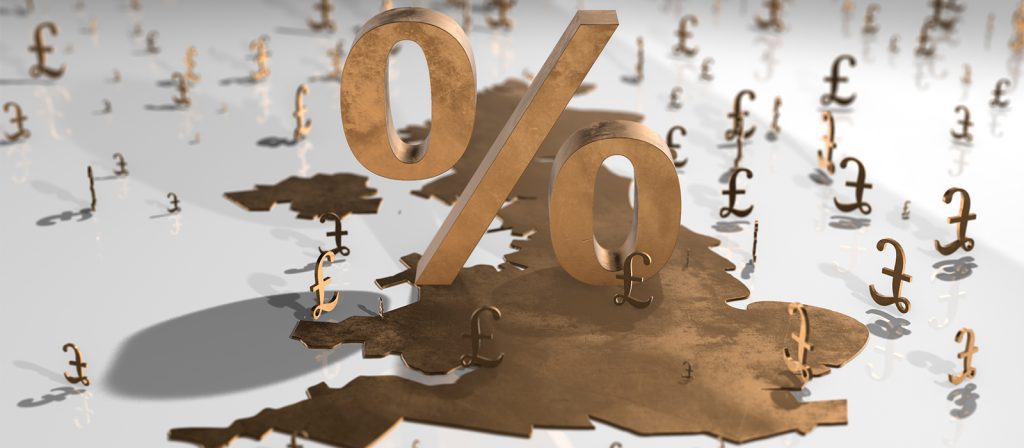What Is Stamp Duty & Do You Have To Pay?

Navigating the property market for the first time is a big step and one that comes with plenty of new questions for first-time home buyers.
At Allen Goldstein, one question we hear frequently is “What exactly is stamp duty?” and “Do I have to pay it?” Don’t worry if you’re unsure. This tax can be confusing!
In this blog, we’re breaking down what stamp duty means and whether it applies to you. Keep reading to learn more.
What is Stamp Duty?
Stamp duty (also known as Stamp Duty Land Tax SDLT) is a tax that’s due if you buy a property or land over a certain price threshold in England and Northern Ireland.
This tax is required if you:
- Buy a freehold property
- Buy a property through a shared ownership scheme
- Take on a mortgage or buy a share in a house
- Buy a new or existing leasehold
However, the amount of stamp duty you owe depends on the final cost of the property, whether it will be used for residential purposes, and whether you own other properties.
How Much is Stamp Duty?
Stamp duty isn’t required on properties less than £250,000.
However, if you’re a first-time buyer, the threshold is higher at £425,000.
You can breakdown the stamp duty thresholds like so:
- £0-£250,000 (£425,000 for first-time buyers) = 0%
- £250,001-£925,000 = 5%
- £925,001-£1.5m = 10%
- £1.5m+ = 12%
Also, if you already own a residential property that’s worth £40,000 or more, and you purchase another, you must pay an extra 3% on top of the rates in the list above.
When and How Do You Pay Stamp Duty?
After the date of completion, you have 14 days to pay your stamp duty. If you take longer than 14 days, you might face a fine or be charged interest on the duty amount.
Buyers usually pay via their solicitors. However, you can also make a direct payment online, by cheque, or cash via bank.
Sometimes, you can add stamp duty to your mortgage loan and increase your overall debt to cover the tax. This isn’t recommended as it may result in significant interest charges.
Why Does Stamp Duty Exist?
Stamp duty isn’t a modern concept!
It was first introduced in England way back in 1694 during the reign of William and Mary as a type of tax to raise money for war against France. The tax was applied to goods, such as hats, medicines, and newspapers.
Of course, this is far from the stamp duty we know today.
In the recent past, home buyers were required to pay 1% tax on properties over £60,000 until 1997 when Gordon Brown introduced bands above with higher charges. This has since evolved to become today’s stamp duty.
Ask the Experts At Allen Goldstein
Hopefully, this blog has helped you understand the basics of stamp duty. At Allen Goldstein, we appreciate that this concept can be confusing — and that’s why our team of experts are always on-hand to help.
Reach out today for bespoke advice or visit us in-person at 104 Cromer Street, London, WC1H 8BZ.



